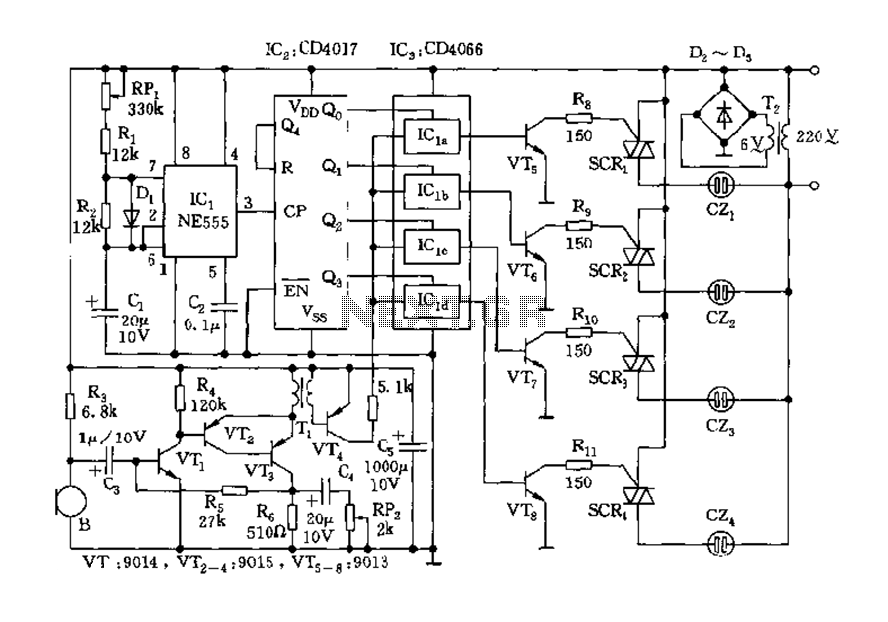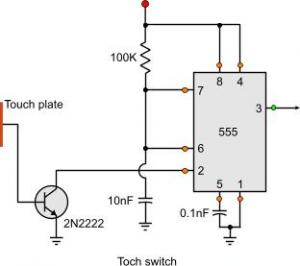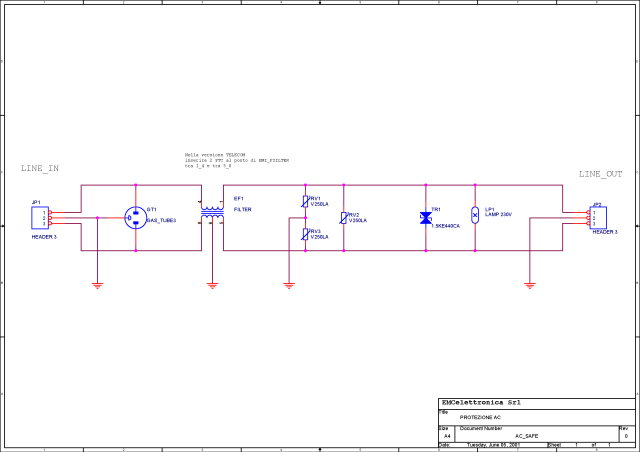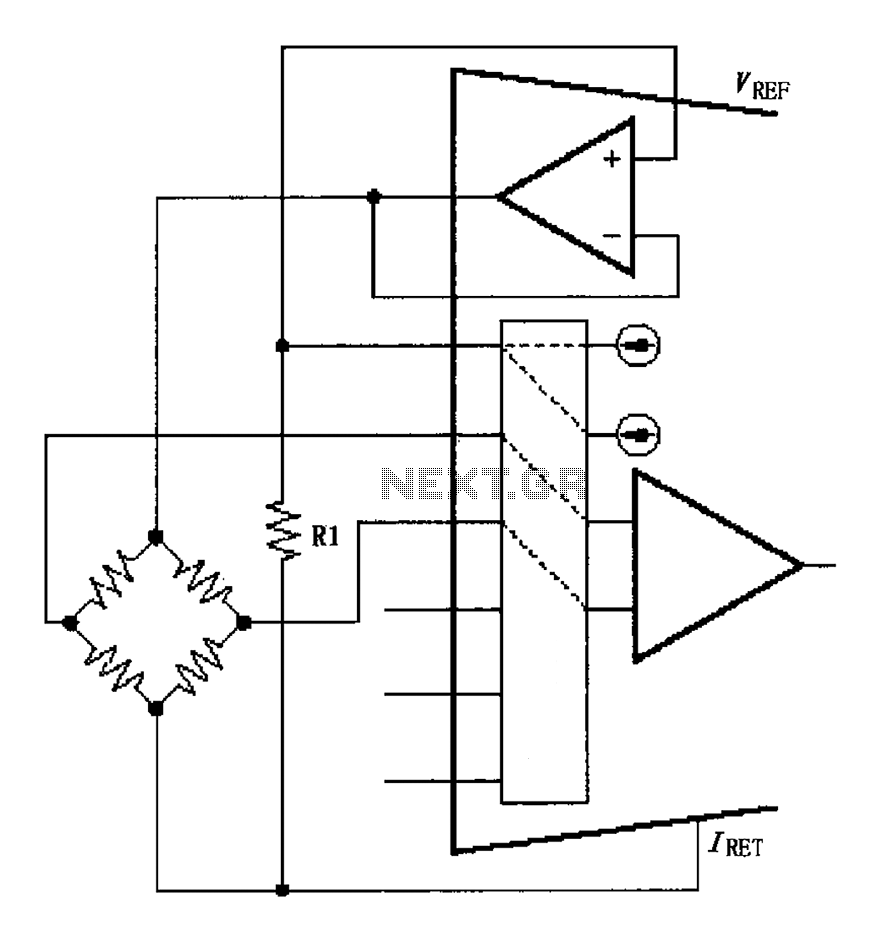
BIKE SPEEDOMETER CIRCUIT
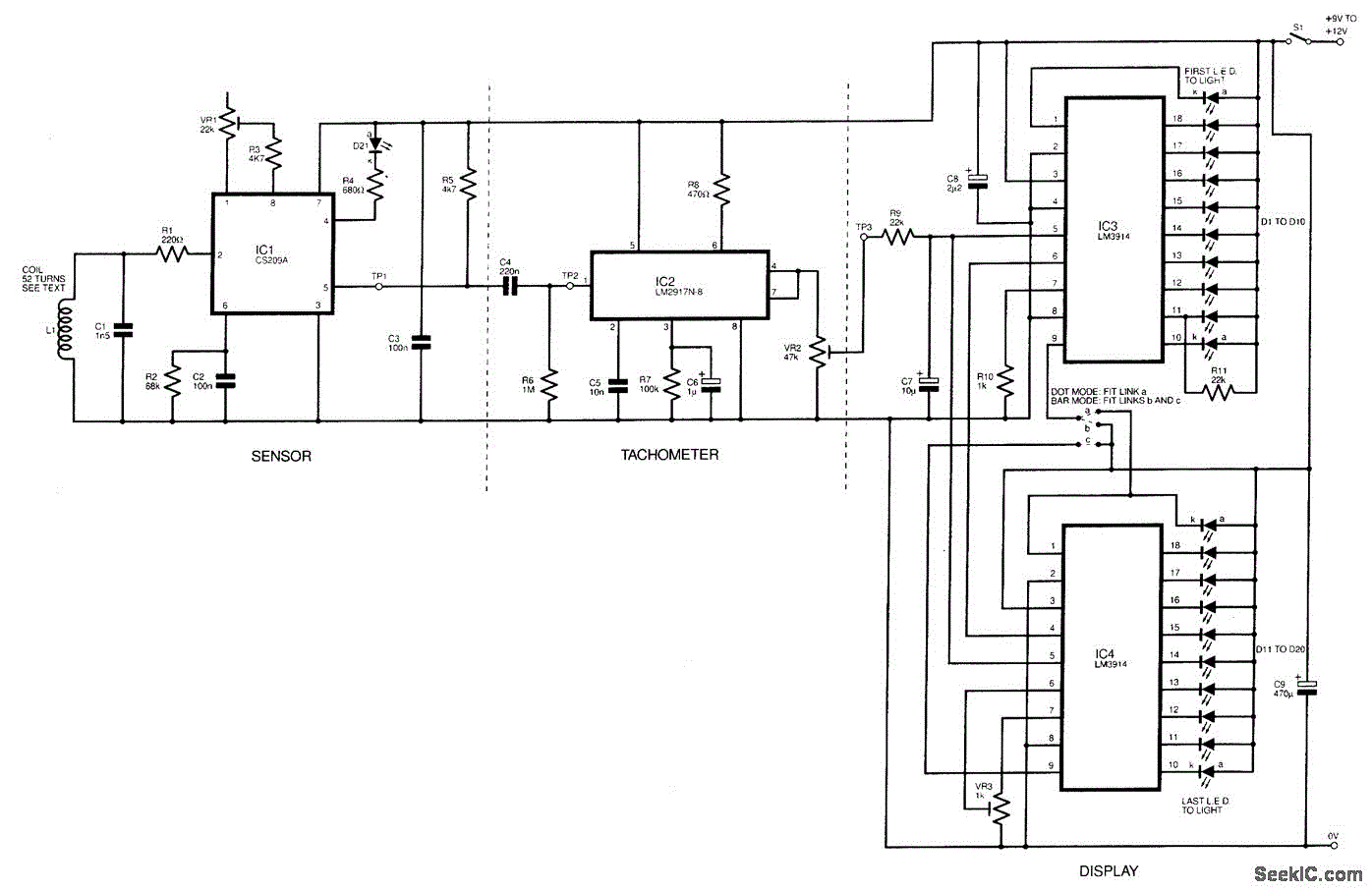
The proximity detector detects the movement of PC board pieces as the wheel rotates, generating an output signal with a clear transition between high and low voltage levels, making it suitable for triggering counting or processing circuits. Following this is the frequency-to-voltage converter, which requires a reasonable level of accuracy, utilizing the LM2917N-8.
The proximity detector operates on the principle of sensing the presence of objects within a specified range. It is typically implemented using infrared or ultrasonic sensors, which can detect the passing of PC board pieces as they move past the sensor’s field of view. The output from the detector is a digital signal that toggles between high and low voltage levels, ensuring that it can be easily interfaced with digital counting or processing circuits. This clean transition is critical for minimizing errors in the counting process, as it reduces the likelihood of false triggers.
The subsequent component, the frequency-to-voltage converter, is essential for applications requiring the conversion of frequency signals into corresponding voltage levels. The LM2917N-8 is a popular choice for this task due to its ability to provide a high degree of accuracy and stability. It converts the frequency of the input signal, which is derived from the proximity detector's output, into a proportional voltage level. This voltage can then be used in various applications, such as analog displays or further processing in microcontroller-based systems.
In a typical application circuit, the output from the proximity detector is connected to the input of the LM2917N-8. The converter's output voltage will vary linearly with the frequency of the incoming signal, allowing for precise measurement and monitoring of the passing PC board pieces. Additional components, such as capacitors and resistors, may be included in the circuit to filter noise and stabilize the output voltage, ensuring reliable operation in dynamic environments.
Overall, this combination of a proximity detector and a frequency-to-voltage converter creates a robust system for counting and processing applications, providing accurate and reliable output signals suitable for a wide range of electronic projects.The proximity detector senses the passing of the PC board pieces as the wheel rotates, providing an output signal, which has a clean transition between high and low voltage levels, and is ideal for triggering counting or processing circuits. Next is the frequency-to-voltage converter, and, because a reasonable degree of accuracy is required, the LM2917N-8..
🔗 External reference
The proximity detector operates on the principle of sensing the presence of objects within a specified range. It is typically implemented using infrared or ultrasonic sensors, which can detect the passing of PC board pieces as they move past the sensor’s field of view. The output from the detector is a digital signal that toggles between high and low voltage levels, ensuring that it can be easily interfaced with digital counting or processing circuits. This clean transition is critical for minimizing errors in the counting process, as it reduces the likelihood of false triggers.
The subsequent component, the frequency-to-voltage converter, is essential for applications requiring the conversion of frequency signals into corresponding voltage levels. The LM2917N-8 is a popular choice for this task due to its ability to provide a high degree of accuracy and stability. It converts the frequency of the input signal, which is derived from the proximity detector's output, into a proportional voltage level. This voltage can then be used in various applications, such as analog displays or further processing in microcontroller-based systems.
In a typical application circuit, the output from the proximity detector is connected to the input of the LM2917N-8. The converter's output voltage will vary linearly with the frequency of the incoming signal, allowing for precise measurement and monitoring of the passing PC board pieces. Additional components, such as capacitors and resistors, may be included in the circuit to filter noise and stabilize the output voltage, ensuring reliable operation in dynamic environments.
Overall, this combination of a proximity detector and a frequency-to-voltage converter creates a robust system for counting and processing applications, providing accurate and reliable output signals suitable for a wide range of electronic projects.The proximity detector senses the passing of the PC board pieces as the wheel rotates, providing an output signal, which has a clean transition between high and low voltage levels, and is ideal for triggering counting or processing circuits. Next is the frequency-to-voltage converter, and, because a reasonable degree of accuracy is required, the LM2917N-8..
🔗 External reference
